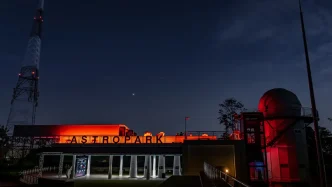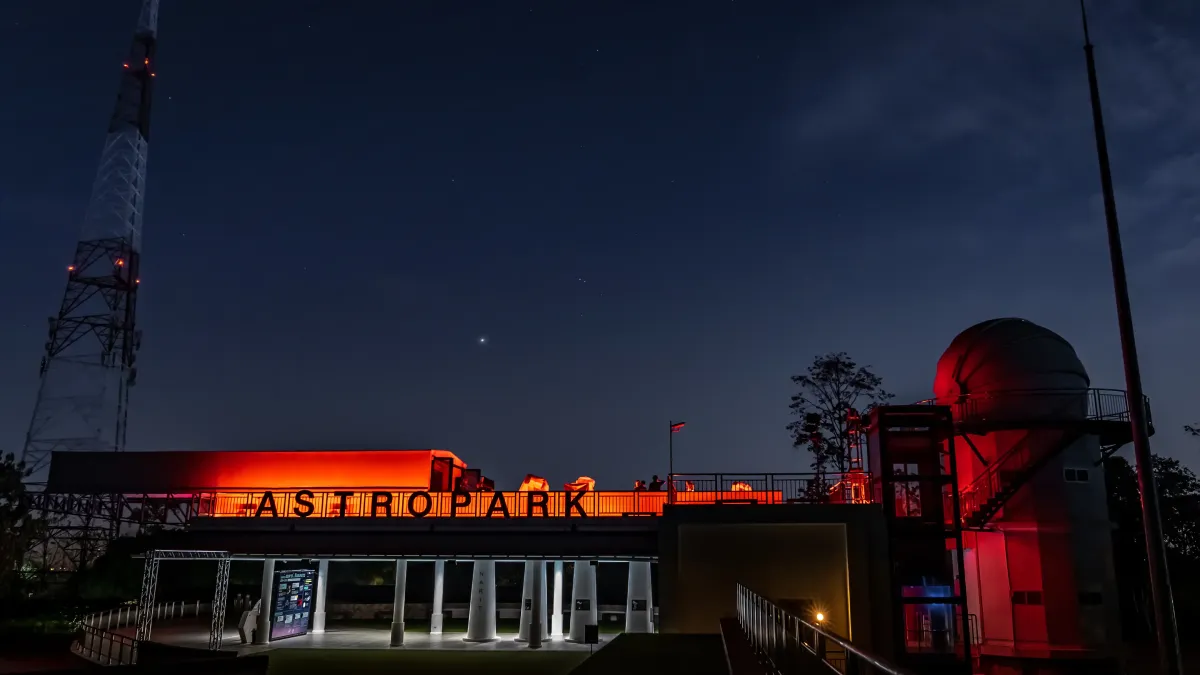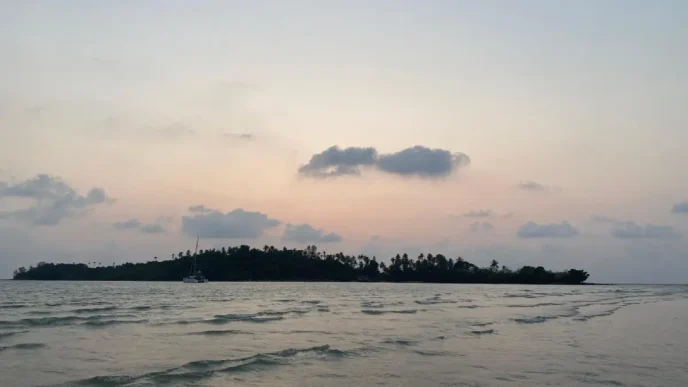Clearly unphased by the unfolding events along the contested Cambodia and Thailand border, Thailand is reaching for the stars with a pioneering initiative to establish 16 new dark sky conservation areas across the country, aiming to position itself as a leading destination for astronomical tourism.
Announced by the National Astronomical Research Institute of Thailand (NARIT), this ambitious plan seeks to preserve the pristine night skies in select regions, offering both locals and international visitors a rare chance to witness the cosmos in unparalleled clarity. As light pollution continues to obscure the night sky in much of the world, Thailand’s move could redefine its tourism landscape, blending natural beauty with scientific wonder.
A Celestial Vision for Tourism
The 16 designated dark sky areas span Thailand’s diverse geography, from the northern highlands of Chiang Mai to the southern coastal regions near Phuket. These locations have been chosen for their minimal light pollution, high altitude, and clear weather conditions, ideal for stargazing and astrophotography. NARIT, in collaboration with local authorities, aims to protect these areas by limiting artificial lighting and promoting sustainable tourism practices. The initiative not only caters to amateur astronomers and tourists but also supports scientific research and education, fostering a deeper appreciation for the universe.
Thailand’s push into astronomical tourism comes at a time when global interest in stargazing is on the rise. With urban centers increasingly engulfed by light pollution, dark sky destinations have become sought-after escapes for those yearning to reconnect with the night sky. NARIT’s director, Saran Poshyachinda, emphasized the potential impact of this project during a recent announcement, stating, “These conservation areas will not only preserve our natural heritage but also open new opportunities for eco-tourism and education” (as reported by local outlets on November 2023). By safeguarding these pristine environments, Thailand hopes to attract a niche yet growing market of travelers seeking unique, nature-based experiences.
Balancing Tourism with Conservation
While the initiative promises economic benefits, it also raises questions about balancing tourism growth with environmental preservation. The designated areas, many of which are near national parks or rural communities, will require strict regulations to maintain their dark sky status. This includes controlling development, enforcing lighting restrictions, and educating local businesses on minimizing light pollution. For communities in these regions, the project could bring much-needed income through guided stargazing tours, astronomy workshops, and eco-friendly accommodations. However, without careful planning, increased footfall risks disrupting fragile ecosystems and local ways of life.
Thailand is not alone in recognizing the value of dark sky tourism. Countries like New Zealand and Chile have successfully leveraged their unpolluted skies to draw international visitors, with certified dark sky reserves becoming major attractions. Thailand’s initiative draws inspiration from such models, aiming to achieve international certification from organizations like the International Dark-Sky Association (IDA). If successful, these conservation areas could join a prestigious global network, further elevating Thailand’s profile as a sustainable tourism destination.
A Community Under the Stars
Beyond the economic and environmental implications, the dark sky project holds cultural significance for Thailand’s rural communities. In many of these areas, the night sky has long played a role in folklore, agriculture, and spiritual practices. Reviving interest in the stars could help preserve these traditions while introducing younger generations to the wonders of astronomy. Local schools near the conservation areas are already partnering with NARIT to integrate astronomy into their curricula, offering students hands-on experiences with telescopes and star charts.
For international tourists, the appeal is undeniable. Imagine standing atop a hill in northern Thailand, far from the glow of city lights, as the Milky Way stretches across the horizon. Events like meteor showers or rare planetary alignments could become major draws, with guided tours providing cultural context alongside scientific insights. This blend of education and adventure aligns with Thailand’s broader tourism strategy, which seeks to diversify beyond beach holidays and urban sightseeing.
Looking to the Future
As Thailand embarks on this celestial journey, the success of the dark sky conservation areas will hinge on collaboration between government bodies, local communities, and the tourism industry. Protecting these pristine night skies is not just about attracting visitors—it’s about preserving a natural resource that is increasingly scarce in our modern world. Whether this initiative will inspire a new wave of sustainable tourism or face challenges in implementation remains to be seen. For now, Thailand’s gaze is fixed upward, inviting the world to join in marveling at the universe.
Under the vast, unspoiled skies of these conservation areas, both locals and travelers may find a renewed sense of wonder—a reminder of the beauty that lies beyond the reach of artificial light.
















